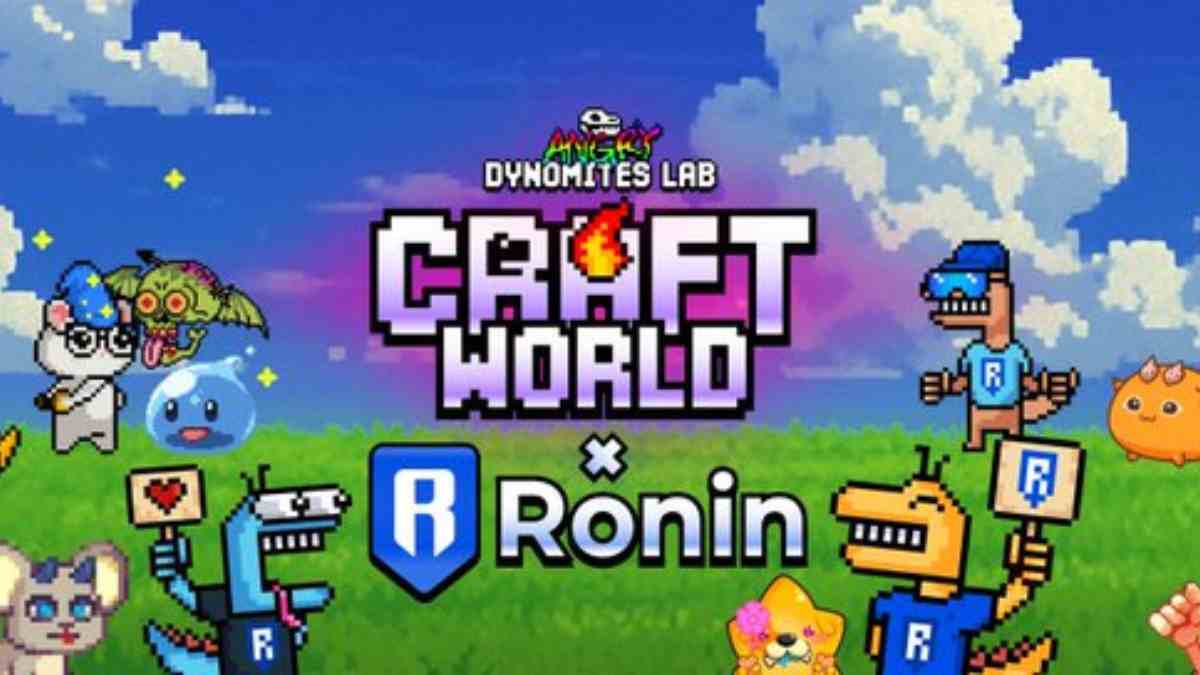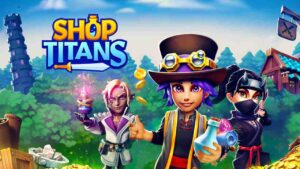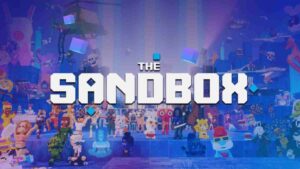Craft World, a sandbox-style Web3 game centered on creativity and construction, has launched its next major phase: Project Voyager. This update goes beyond just adding new content — it locks in a Play-to-Airdrop system that aims to reward users for time and effort spent shaping the in-game world.
With user-generated content at its core, Craft World continues to lean into decentralized creation while setting the stage for more long-term engagement. Now, building isn’t just for fun — it’s tied directly to on-chain rewards.
Project Voyager unlocks new creative tools
Project Voyager introduces enhanced editing and world-building features that give players more freedom in designing and sharing their digital spaces. Think of it like a Minecraft-meets-Web3 environment — but with cleaner onboarding and a growing asset marketplace behind it.
The update includes new object placement mechanics, environment sculpting tools, and smoother collaboration functions. That means co-building and remixing someone else’s creation becomes a more seamless part of the gameplay loop.
Play-to-Airdrop connects effort to ownership
At the heart of this expansion is a structured Play-to-Airdrop program. Instead of speculative NFT drops, this model tracks player contributions in-world, converting activity into eligibility for future token distributions. This is not about buying in — it’s about building up. Time spent creating, customizing, or interacting inside the game world directly contributes to users’ standing in the airdrop queue.
It’s part of a larger push in Web3 games to legitimize “play” as a form of value generation without veering into exploitative mechanics. Blockchain integration remains lightweight but essential
Craft World runs on the SKALE blockchain, known for its zero-gas fees and scalability. The chain choice supports frequent in-game transactions without hitting players with wallet fatigue or high costs. Importantly, players aren’t forced to engage with crypto infrastructure upfront. Most actions remain off-chain or abstracted unless a user actively opts into wallet functionality. That helps reduce friction for newer players while keeping tokenized assets in reach for those who want them.
Community shaping the roadmap
The rollout of Project Voyager is being paired with increased community feedback loops. Builders who contribute standout projects or game mechanics will be spotlighted, with some even influencing the broader feature pipeline.
This approach helps Craft World avoid the trap of becoming a closed system. Instead, it leans into collaborative development, with future tools and incentives shaped by what the community creates and demands.
Part of a larger trend in UGC Web3 spaces
Craft World isn’t alone in targeting the intersection of user-generated content and blockchain infrastructure. Projects like The Sandbox and Hytopia are running similar playbooks, though with varying degrees of technical complexity.
What makes Craft World distinct is its focus on accessible creation paired with low-barrier blockchain utility. The platform isn’t chasing token hype — it’s experimenting with how digital creativity can fuel a steady and fair incentive model.
It’s still early, and as with most Web3 games, long-term sustainability will depend on whether players keep building when the token buzz fades. But Project Voyager marks a meaningful step in that direction, giving both newcomers and early adopters more to do — and more reasons to stick around.
Web3 Analyst & Play Blockchain Games Guide
CryptoKit breaks down Web3 gaming like it’s second nature. From tokenomics to airdrop strategies, she turns blockchain chaos into clear, actionable advice for players who want to win more than XP.




